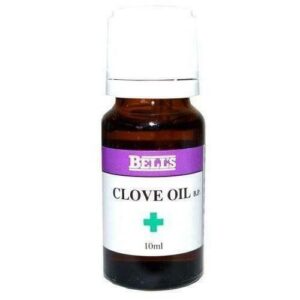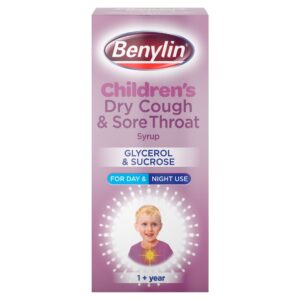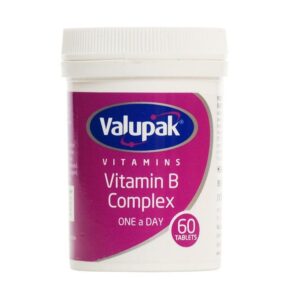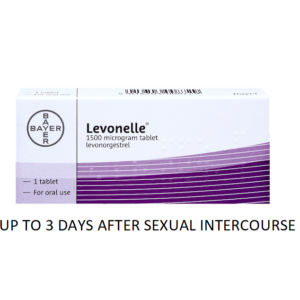Description
Athlete’s Foot symptoms
Athlete’s foot or tinea pedis is the term used to describe fungal infections of the toes and feet. It is a very common condition that many people develop at some point in their life. The fungus thrives in warm, moist environments and so you are more likely to get it if you have sweaty feet. It is is often found, like the name suggests, in people who play a lot of sport. Symptoms vary but can include itching, peeling, cracking and blistering. The skin between your toes can become red or dry. If the rash worsens, it can be particularly painful, as your skin may start to crack, sometimes causing the raw tissue underneath to become exposed. The fungus can affect the toenails too.
Athlete’s Foot Treatment
Treatment for athlete’s foot depends on your symptoms and site of infection. A dry powder antifungal spray is easy to use, especially between the toes. An antifungal cream can be used for infections involving the toenails or the skin and should be applied, as recommended on pack. Treatment also comes in a powder format. It is important to remember that although your rash may have disappeared quickly, the infection may not be completely treated. You may have to continue your treatment for a further period depending on the treatment product you choose. Remember to always follow the label instructions. If you’re showing no signs of improvement after 2 weeks, you should see your GP, especially if it is causing you significant pain or discomfort.
Athlete’s Foot Prevention
Keeping your skin healthy is important. Drying the feet properly after bathing is essential. Changing socks and shoes regularly is also helpful along with wearing socks that will help keep the feet dry. It can also be useful to alternate your footwear, helping to ensure shoes are dry.
Uses / Instructions
- Wash the infected area and dry it well (especially between the toes). As many skin conditions are contagious, you should keep a towel and flannel for your own use and not share it so that you do not infect anyone else.
- Apply the cream thinly onto the infected area and surrounding skin.
- Wash your hands carefully after applying the cream to avoid spreading the infection to other parts of the body or to other people. Similarly, clothing which comes into contact with the infected areas, such as socks, should be washed and changed frequently.
For Athletes Foot (infections between the toes)
- Adults and children of all ages – Rub the cream gently between the toes and surrounding area twice a day (morning and night) for 1 week.
- If athlete’s foot is more severe or extensive (e.g. affecting the sole or sides of the feet), continue to apply the cream to the affected areas for at least 2 to 3 days after signs of infection have cleared to prevent them coming back.
- If symptoms have not improved within 7 days talk to your doctor.
For Dhobie Itch (Jock Itch)
- Adults and children of all ages – Rub the cream into the affected area once or twice daily.
- Continue treatment for at least 2 to 3 days after signs of infection have cleared. Treatment may be necessary for up to 6 weeks. You may feel relief from symptoms quickly but it is important that you continue to use the cream as described to prevent them from coming back.
- If symptoms have not improved within 4 weeks talk to your doctor.
Warnings
This medicine is suitable for most adults and children but a few people should not use it. If you are in any doubt, talk to your doctor or our pharmacist. Do not use this medicine:
- If you have ever had a bad reaction to any of the ingredients. If this applies to you, get advice from a doctor or pharmacist without using Daktarin Intensiv Cream.
Talk to your doctor or our pharmacist:
- If you are applying, or have recently applied a potent corticosteroid (a type of anti-inflammatory drug e.g. betamethasone, fluocinolone or triamcinolone) to your skin, because you should not use them at the same time, or within 2 weeks of each other.
- If you are a diabetic you should visit your healthcare professional for regular check-ups as diabetes can increase the risk of foot problems.
- If you are not sure about any of the medicines you are taking, show the bottle or pack to your pharmacist.
- If you are pregnant or breast-feeding Ask your doctor or pharmacist for advice before using this medicine if you are pregnant. You can use Daktarin Intensiv Cream whilst breast-feeding. Do not apply to the breast while breast-feeding.
Do not let the cream get into your eyes. Some of the ingredients can cause problems Propylene glycol may cause skin irritation. Cetyl alcohol and stearyl alcohol may cause local skin reactions (e.g. contact dermatitis).
Side Effects
Daktarin Intensiv Cream can have side-effects, like all medicines, although these don’t affect everyone and are usually mild. If you experience any of the following, stop using the medicine and seek immediate medical help:
- Uncommon (less than 1 in 100 but more than 1 in 1000 people are affected) Severe allergic reactions including peeling or blistering of the skin. If you experience any of the following, stop using the medicine and talk to your doctor:
- Common (less than 1 in 10 but more than 1 in 100 people are affected) Itchiness or redness at the application site. A skin burning sensation may also occur. Uncommon: (less than 1 in 100 but more than 1 in 1000 people are affected) Localised eczema (dermatitis), skin rash, sticky skin, irritation, prickling sensation, inflammation, discomfort, dryness, bleeding or other reactions at the application site.
- Other effects: Urticaria also known as hives, where the skin looks blotchy with white raised wheals (bumps surrounded by redness).
See patient information leaflet for more details.







Reviews
There are no reviews yet.